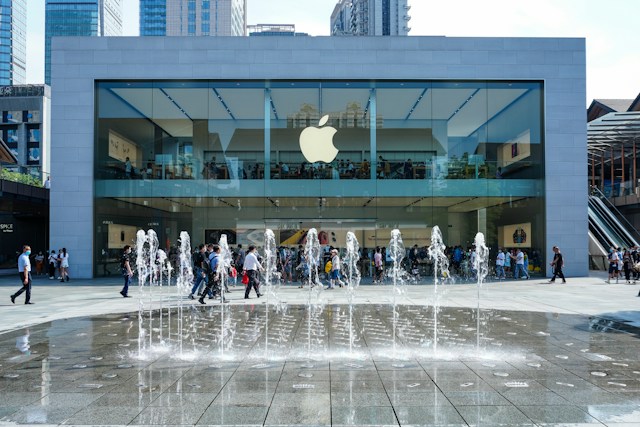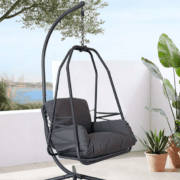Future-proofing retail amid waning impacts of revenge spending

The retail sector is one of the more stable segments of the Philippine property market.
We attribute this to the Philippine economy being driven by personal consumption, which comprises more than 70 percent of the country’s gross domestic product (GDP). The retail sector is also driven by remittances from Filipinos working abroad.
This piece lays out recommendations on how mall operators and retailers can future-proof their businesses amid the waning impact of revenge spending and increasing cost of basic commodities. Retail stakeholders should also look at global economic and geopolitical issues that might hamper the sector’s growth.
Innovative use of spaces to entice mallgoers
Colliers believes that mall operators should reactivate their activity centers to attract more mallgoers with events such as trade fairs, exhibits and concerts.
Meanwhile, food and beverage (F&B) as well as clothing and footwear retailers should consider opening pop-up stores especially if they are eyeing to test the Metro Manila retail market, which is starting to rebound postpandemic. This is particularly important for foreign players that are planning to gauge the local market’s reception.
Future-proof high-density retail spaces
While pandemic restrictions have long been lifted, Colliers recommends that retailers continue to encourage social distancing, and to implement health and safety measures in high-density retail spaces such as food courts and family entertainment centers. Now is an opportune time to ramp up marketing of these high-density retail spaces, which should help raise consumer traffic and entice mallgoers to stay longer and spend more.
Launch of retail REITs
Colliers believes that property developers with retail footprint should consider divesting malls into their real estate investment trust (REIT) portfolio, especially now that the retail segment is recovering. Malls generate recurring income and are now a viable REIT asset class as vacancies are stabilizing and lease rates are starting to increase.
In our view, developers should carefully assess which commercial spaces to add to their REIT portfolio, and consider projected mall space absorption as well as profiles of retailers willing to take up brick-and-mortar spaces. They should also take advantage of the renewed interest from foreign retailers and the continued expansion of the Philippine economy.
Foreign players that have previously pulled out of the Metro Manila market are making a comeback and this is indicative of the sector’s rebound.
Lock in space in prime locations
Colliers believes that retailers should be quick in securing mall spaces in key business districts in Metro Manila now that vacancy rates are stabilizing while rents are gradually increasing.
We still see substantial vacancies in selected malls in Quezon City, Bay Area, and Alabang and retailers should explore the viability of opening physical stores in these locations, especially in areas where more office and residential buildings are likely to be completed. Looking forward, we see a heightened competition for prime retail spaces in Makati CBD, Ortigas Center, and Fort Bonifacio.
Seize demand from foreign retailers
Colliers sees an improving demand for physical space from foreign retailers planning to enter the country. Mall operators should capture this growing demand by taking into account their size and fit-out requirements.
Reassess ideal retail mix
Mall operators should carefully reassess their retail mix given the entry of more foreign retailers and expansion of local ones.
While majority of retailers that will occupy physical mall space will be from the F&B segment, mall operators should thoroughly assess the ideal retailers that they will be featuring in their malls alongside the typical F&B, accessories, and personal care retailers. They should carefully study which retail mix will provide them with optimal level of spending from consumers as well as sustained footfall over the long term.
Ramp up omnichannel strategy
Mall operators and retailers should work hand in hand in improving the omnichannel shopping experience of their consumers.
While Filipinos have returned to brick-and-mortar shopping, retailers should also consider the segment of Filipino shoppers who prefer to buy items online. In our view, redesigning of physical mall spaces should be complemented by the improvement of retailers’ online shopping platforms.
Prior to joining Colliers in March 2016, Joey worked as a Research Manager for a research and consutancy firm where he handled business, political, and macroeconomic analysis. He took part in a number of consultancy projects with multilateral agencies and provided research support and policy recommendations to key government officials and top executives of MNCs in the Philippines.















